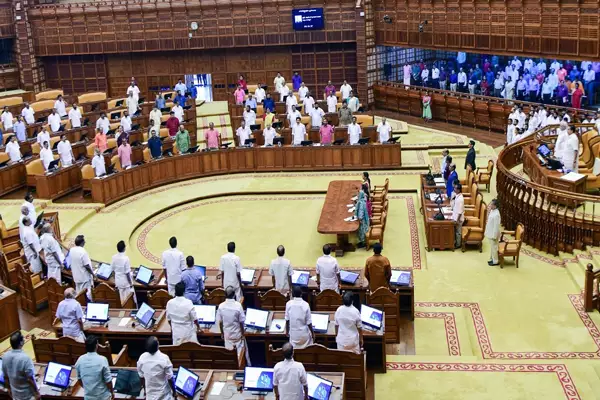Kerala Assembly passed a resolution urging the Centre to rename the state as “Keralam’’ in the Constitution.
Procedure to Rename a State:
1. Initiation of the Proposal
- The process begins either by the state government or the Parliament proposing a name change.
- This initial proposal is crucial as it sets the renaming process in motion.
2. Resolution by the State Legislature
- Following the proposal, the state legislature must send a resolution to the Central government, indicating formal state-level approval.
3. Presidential Recommendation
- Before any bill related to state renaming can be presented in Parliament, it must receive a recommendation from the President.
- This is a mandatory step ensuring executive scrutiny before legislative action.
4. Legislation and Affected States
- According to the 5th Amendment Act of 1955, any legislation involving the renaming of a state that affects other states must be presented along with the bill.
- This ensures that all stakeholders are considered.
5. Consideration by the State Legislature
- The opinion of the state legislature is sought; however, it is not binding on the President or Parliament.
- This means the state’s input is considered but can ultimately be overridden by federal authority.
6. Final Approval and Assent
- After thorough consideration by Parliament and once all procedural aspects are satisfied, the President’s assent is the final step.
- With this, the bill is enacted into law, and the state’s name change is officially effected.
Involvement of Other Key Institutions
- No Objection Certificates (NOCs): NOCs are required from pivotal institutions such as the Ministry of Railways, Intelligence Bureau, Department of Posts, Survey of India, and Registrar General of India.
- Union Ministry of Home Affairs (MHA) Consent: The MHA gives the final consent for the name change after all required NOCs have been obtained.
| UPSC IAS Preparation Resources | |
| Current Affairs Analysis | Topperspedia |
| GS Shots | Simply Explained |
| Daily Flash Cards | Daily Quiz |



